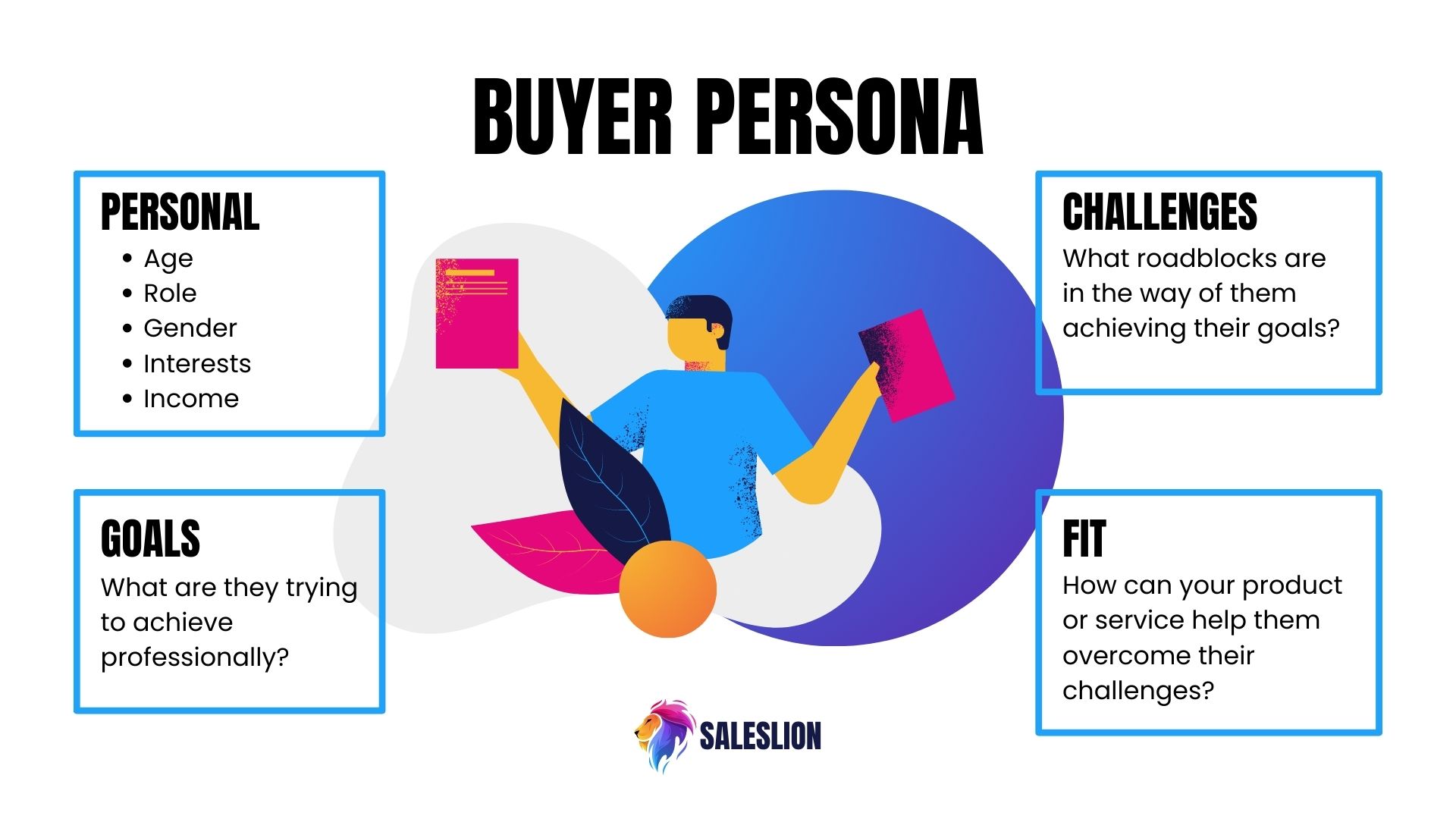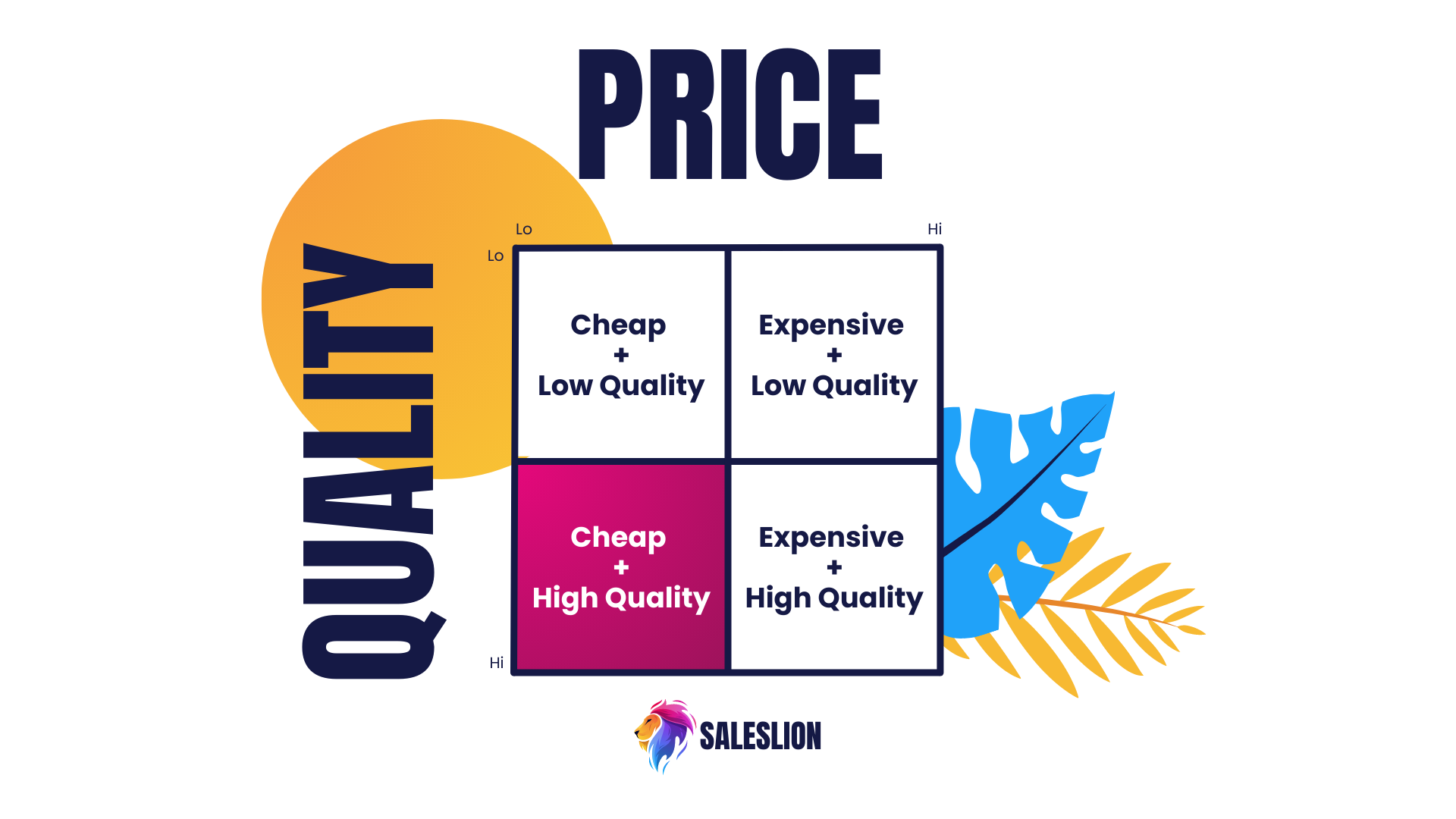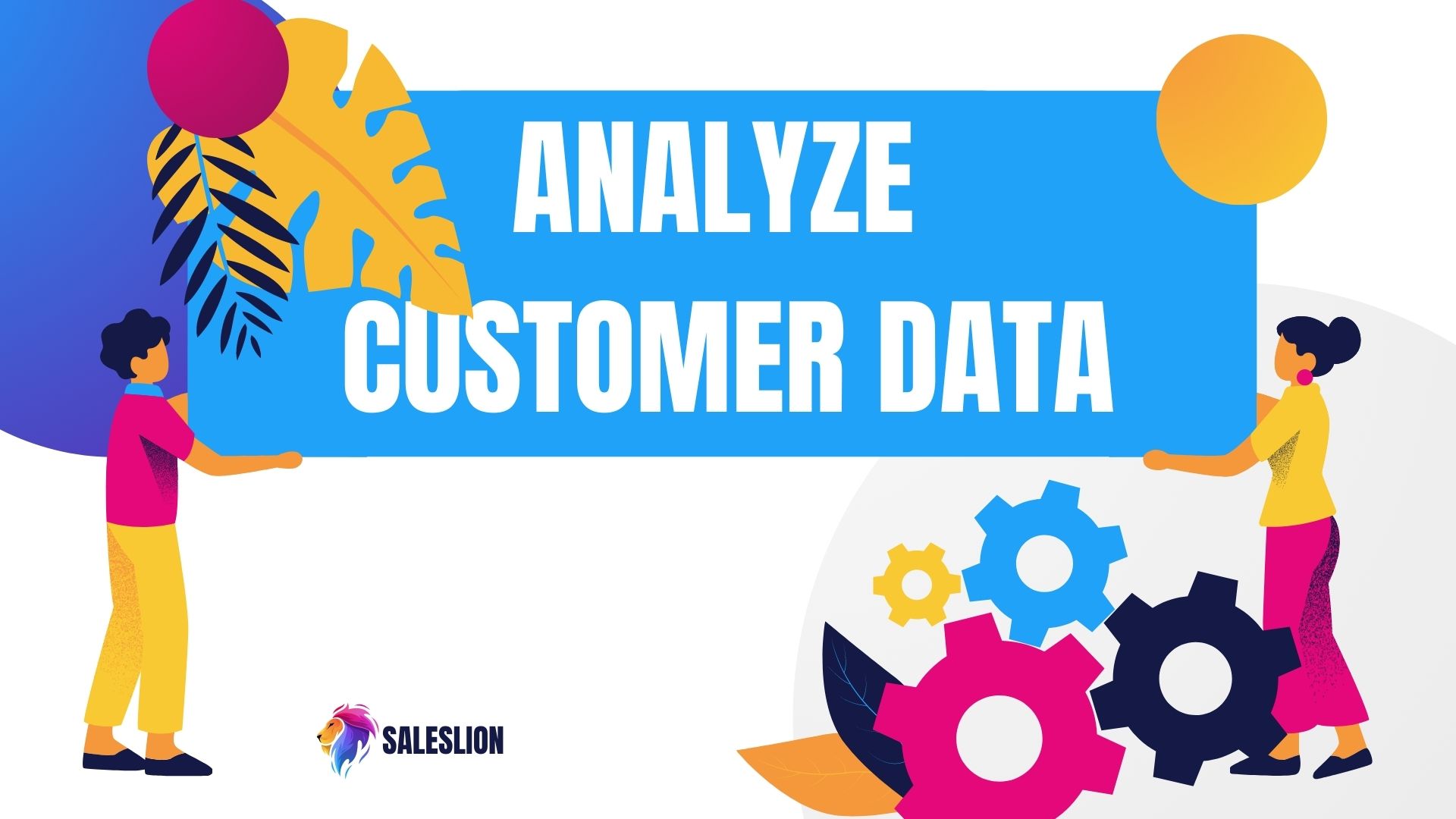Key Steps to Achieving an Effective Sales Strategy

Having an effective sales strategy is one of the best ways to ensure growth and profitability within your organization.
Without a sales strategy to guide your sales leaders and team members, your sales processes will be inefficient for sales reps and unenjoyable for prospects and customers.
What Does an Effective Sales Strategy Look Like?
A killer sales strategy involves 3 main things: research, relationships, and results.
Researching your potential customers and competitors will help you create an accurate action plan, prioritizing strong relationships with your customers will allow you to scale your company with ease, and using results and data will allow you to improve current systems and processes.
And today, we are going to be looking at the steps to achieving those 3 main things – research, relationships, and results – and creating a killer sales strategy.
Key Steps To Creating a Killer Sales Strategy:
Step 1: Know Your Target Audience
Seth Godin famously said, “When you speak to everyone, you speak to no one.”
What he meant by that is to truly communicate effectively with your audience, your communications have to be precise. Saying that your target audience is everyone is setting yourself up for disaster.
That is why it is important for both your sales and marketing teams to know your specific target market by creating a buyer persona.
This is the first step to achieving an effective sales strategy.
A buyer persona, as defined by The Power Business School, is a fictional representation, or composite picture, of your ideal customer.
As you do research on who exactly you are selling to, you will be able to answer the following questions with ease:
- What are their priorities?
- What would success look like to them?
- Who is the final decision maker in their company?
- What are any perceived barriers?
The more research you do, and the more questions you ask, the clearer you will be able to see exactly what kind of person is the best fit for your product or service and how you can reach them.

As the saying goes, when you assume, you make an ‘ass’ out of ‘u’ and ‘me.’
The same is true for companies that assume that everyone needs and wants their solution. Instead of making assumptions, create a detailed buyer persona so that your sales strategy can be tailored to a specific customer and personalized for their unique situation.
Step 2: Audit Your Current Sales Process
The second step in achieving a killer sales strategy is to audit the current sales process that your sales teams.
If you don’t have a good sense of what makes your current process effective or ineffective, you will not be able to be able to improve it.
Maybe your sales funnel is absolutely flawless and you have no room for improvement, no need for any sales process optimization.
But if your company is like the rest of ours, that won’t be the case.
Sales audits can tell you your weaknesses and how to resolve them, they can help you increase efficiency and overall effectiveness, and they can help you keep your edge in the market.
The 3 Key Areas to Examine During a Sales Audit:
- Audience and Messaging
- Performance and KPI’s
- Technology and Assets
Similarly to Step 1, examining audience and messaging ensures that your company is positioned accurately in the market and is communicating effectively with customers.
Along with personas (as discussed in Step 1), auditing your audience and messaging includes conducting a competitive analysis so that you can better understand how you are positioned vs your strongest competitors.
The next area to examine in an effective sales audit is your company’s performance and key performance indicators (KPIs).
What does your sales process look like? Are your goals defined? How are you tracking or documenting performance metrics? And what training is being done to keep your team sharp and accountable?
All of these questions will help you have a better sense of where you can improve in the area of performance and KPIs.
And finally, monitoring technology and assets is the third key area to examine. This area will show you if you are wasting energy instead of investing in automation technology, losing customers because you are not using a sales tool to help streamline your process, or something else. From CRM to data and analytics, this is one of the most important areas in a sales audit to ensure sales process optimization.
Once you have a full overview of the weaknesses in your current sales process, you can then build out a refined sales strategy to improve upon them. But if you never know where you need to improve, your sales strategy will never do you any good.
Reach out to us today if you are interested in getting a free sales audit for your sales processes.
Step 3: Differentiate Your Product or Service From Competitors
Differentiation is one of the most important steps to creating an effective sales strategy and successfully scaling your company.
If you don’t know what makes you different from your competitors or why prospective customers should buy from you over somebody else, you can be sure that your prospects won’t be able to answer those questions either.
Start by asking yourself, what problem am I trying to solve?
If you can answer this question, then move on to the next: who else is trying to solve this same problem?
With those two questions, you will begin to paint a picture of who exactly you are and who else you are competing against.
The next question to ask is: how are you different from the other companies who are trying to solve the same problem as you?
That is where the differentiation quadrant comes into play.

The two main ways to be different from any other given company are price and quality. Following the differentiation quadrant above, you should aim to try to exist in the rose-colored gradient box on the bottom left.
If you are offering a product or service that is of higher quality than your competitors and also at a lower price, customers will flock to you.
Unfortunately, that is not always achievable.
If you are not able to be both cheap and high quality, the next best quadrants to be in are the top left or bottom right. If you cannot differentiate yourself by being both cheaper and higher quality than all others, just pick one.
Ultimately while going through the process of differentiation, all you want to do is steer far clear of the top right quadrant. As long as you are providing value you will be able to successfully differentiate yourself.
Step 4: Build Relationships
The fourth step to achieving a killer sales strategy is to prioritize building relationships.

Now that you have successfully differentiated yourself from your competitors, and prospects have chosen to learn more about your specific solution, it is time to build relationships with those prospects.
One of the best sales tactics to build powerful relationships is to simply be human. Instead of treating prospects like just a new number in a data set, be genuine and human by personalizing their experiences.
Personalization is an incredibly powerful asset to your sales strategy as it can help your company scale by helping your prospects become invested in your business and your solution.
In an article about this very topic, it states that when you create a personalized sales process, and include things that are unique to each prospect, they will become more invested in your company and they won’t be able to walk away.
Additionally, personalization helps build trust and credibility. If your sales reps are sending personalized emails, creating custom videos, or designing tailored sales platforms for your prospects, they will understand that your company is not only trustworthy, but the value that you bring to the table is unrivaled as well.
Overall, figuring out ways to build relationships with your prospects is a critical step to achieving a killer sales strategy.
Step 5: Use Technology
Technology is a vitally important aspect of succeeding in today’s modern and digital world.
When it comes to sales process optimization, building technology into your sales strategy is an effective way to increase ROI, boost conversions, and improve efficiency.
While there are a wide variety of technologies out there to assist your team with customer management, sales team collaboration, or customer tracking, one tool that we have found to be extremely effective is a digital sales room.
Digital sales rooms are asynchronous online spaces that allow for heightened collaboration and communication during the sales process, resulting in improved customer engagement and increased close rates.
Below are the three KPIs of using an enablement technology like a sales room as part of your sales strategy:
- Increased Sales Conversion: sales enablement software like digital sales rooms allows sales reps to gain access to all of the tools and platforms they need to close more deals, faster.
- Enhanced Customer Satisfaction: through interactive features and personalized designs, digital sales rooms boost customer relationships and, ultimately, satisfaction.
- Improved Customer Lifetime Value: because customer satisfaction directly impacts customer lifetime value, sales enablement software like a digital sales room.
Technology can help B2B businesses optimize their sales process by increasing efficiency, improving communication, and providing valuable insights into customer behavior and preferences.
Step 6: Analyze Customer Data
The final and perhaps most important step to creating an effective sales strategy is to analyze customer data.

Similarly to auditing your sales process for improvements, analyzing customer behavior and engagements can resolve any unanswered questions you may have about how to finish designing a killer sales strategy.
Data and analytics are also important because they let you find solutions to problems such as why things happened the way they did or what things might happen in the future.
While a sales audit is key to understanding places where sales process optimization would be fit, analyzing and tracking customer data is key to understanding how you can better serve your customers.
What elements of your solutions do your customers find the most engaging? Are they satisfied with the support they are receiving? What is your churn rate?
With this information, you can finalize your sales strategy to ensure that your entire sales journey, from lead to closure to retention, is optimized and effective.
Key Takeaways
Building an effective sales strategy is the first step toward achieving your goals of increased conversion rates and bigger deal sizes.
By identifying your target audience, evaluating your current processes, differentiating your product, building relationships, using technology, and using data to improve the customer experience, you can design a strategy that works for your team and company.
Reach out to us today for help building amazing, successful sales strategies for your sales teams.
Ready to reinvent your sales process and tools?
One quick call and we'll share our approach - no pressure.
Schedule your demo